Der Brite Floe Foxon hat in einem Cryptologia-Artikel eine detaillierte Analyse des Rilke-Kryptogramms veröffentlicht.
English version (translated with DeepL)
Am 30. November und 1. Dezember wird erstmals seit zehn Jahren wieder eine Voynich-Manuskript-Konferenz stattfinden. Diese wird unter dem Titel “Voynich Conference 2022” von der Universität Malta veranstaltet und findet online statt. Die Teilnahmegebühr beträgt 50 Euro.
Voynich Conference 2022
Das Programm der Voynich Conference 2022 ist leider noch nicht veröffentlicht. Ich kann aber schon jetzt verraten: Zusammen mit Elonka Dunin werde ich mit einem Vortrag vertreten sein.
Der Titel unserer Präsentation lautet “The Voynich Manuscript Compared with Other Encrypted Books”. Unser Beitrag basiert auf meiner Encrypted Book List, auf der inzwischen etwa 120 Bücher enthalten sind. Wir klassifizieren diese Werke und vergleichen sie mit dem Voynich-Manuskript. Daraus ziehen wir Schlüsse über den Verwendungszweck und andere Eigenschaften des Manuskripts. Unsere Arbeit ähnelt der eines Profilers, der ein ungeklärtes Verbrechen analysiert, indem er es mit anderen Fällen vergleicht. Elonka hat sogar einen echten Profiler befragt, der uns ein paar Tipps gegeben hat.
Vorab werden Elonka und ich unseren Vortrag am 30. Oktober online im ICCH-Forum halten. Die Teilnahme ist kostenlos, den Link verschicke ich gerne auf Anfrage. Da wir bei der Voynich Conference nur 20 Minuten Zeit haben, es im ICCH-Forum dagegen kein Zeitlimit gibt, werden wir in letzterem etwas ausführlicher auf verschlüsselte Bücher eingehen.
Zur Voynich Conference wird es übrigens einen Konferenzband geben, in dem alle Vorträge als etwa zehnseitige Aufsätze vertreten sind.
Außer meinem eigenen Vortrag weiß ich bisher nicht, was bei der Voynich Conference geboten sein wird. Ich bin sehr gespannt.
Das Rilke-Kryptogramm
Auf meiner Encrypted Book List (Nummer 00063) findet sich auch ein Dokument, das mir vor einigen Jahren Blog-Leser Karsten Hansky zur Verfügung gestellt hat. Es handelt sich um ein Exemplar des Buchs “Rainer Maria Rilke” von Gert Buchheit. Die Ausgabe, um die es hier geht, ist 1942 im Berliner Buchmeister Verlag erschienen, und zwar als “Einmalige Sonderausgabe der Zentrale der Frontbuchhandlungen Paris”.
Das Besondere an diesem Exemplar: Irgendjemand hat über 30 Zettel in das Buch geklebt, auf denen jeweils ein scheinbar verschlüsselter Text notiert ist (ich nenne ihn “Rilke-Kryptogramm”). Praktisch jede freie Stelle des Buchs wurde dafür genutzt. Kein Buchtext wurde überklebt.
Weitere Seiten aus dem Buch sind auf einer Seite zu sehen, die ich mit Karsten Hanskys Hilfe für diesen Zweck eingerichtet habe.
Dank zahlreicher Leserhinweise betrachte ich das Rilke-Kryptogramm inzwischen als gelöst. Die Lösung ist leider reichlich banal: Es handelt sich beim Rilke-Kryptogramm nicht um einen verschlüsselten Text, sondern um eine bedeutungslose Folge von Buchstaben und Ziffern, die vermutlich zum Üben des Morsealphabets genutzt wurden. Hier gibt es mehr dazu.
Floe Foxons Untersuchungen
Vor ein paar Jahren erhielt ich eine E-Mail von Blog-Leser Floe Foxon aus England.
Floe teilte mir mit, dass er den Inhalt des Rilke-Kryptogramms statistisch untersuchen wollte. Auf diese Weise wollte er herausfinden, wie der Text generiert wurde und ob vielleicht doch eine Verschlüsselung dahintersteckt.
Inzwischen ist Floes Untersuchung als Artikel mit dem Titel “A treatise on the Rilke cryptogram” in der Fachzeitschrift Cryptologia erschienen. Darüber freue ich mich sehr, denn diese Arbeit basiert auf meinen Blog-Veröffentlichungen. Mein wird Blog als Quelle für das Kryptogramm genannt, und einige meiner Artikel werden zitiert. Leider ist der Cryptologia-Artikel gebührenpflichtig.
Floes Arbeit ist äußerst interessant. Auf fast 20 Seiten werden viele gängige Statistik-Methoden auf den Text angewandt. Dazu gehören die Häufigkeitsanalyse, der Koinzidenzindex, n-Gramm-Häufigkeiten, die Kasiski-Kerckhoffs-Analyse und einiges mehr. Zusätzlich vergleicht er die Ergebnisse mit dem, was bei den wichtigsten Verschlüsselungsverfahren an Resultaten zu erwarten gewesen wäre.
Am Ende kommt Floe zu dem Schluss, dass für das Rilke-Kryptogramm kein gängiges Verschlüsselungsverfahren verwendet wurde. Auch ein One-Time-Pad-Schlüssel erscheint unwahrscheinlich. Die von mir und einigen Blog-Lesern vorgebrachte Vermutung, dass es sich um bedeutungsloses Übungsmaterial handelt, hält Floe für größtenteils plausibel, auch wenn ein solcher sinnloser Übungstext nicht gerade alltäglich wäre. Es wäre sicherlich hilfreich, weitere Texte dieser Art zu analysieren, doch bisher sind keine bekannt.
Ich freue mich in jedem Fall, dass ich zusammen mit Karsten Hansky eine interessante und kompetente Forschungsarbeit angeregt habe. Floe hat mit bereits von einem anderen Projekt erzählt, an dem er gerade arbeitet. Auch dieses könnte sehr spannend werden.
Follow @KlausSchmeh
Further reading: 2022: Ein Konferenzjahr wie noch nie
Linkedin: https://www.linkedin.com/groups/13501820
Facebook: https://www.facebook.com/groups/763282653806483/

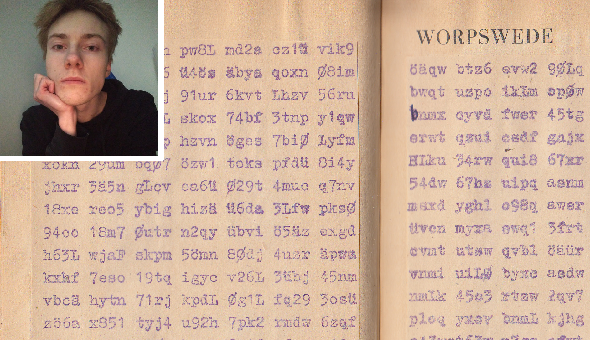
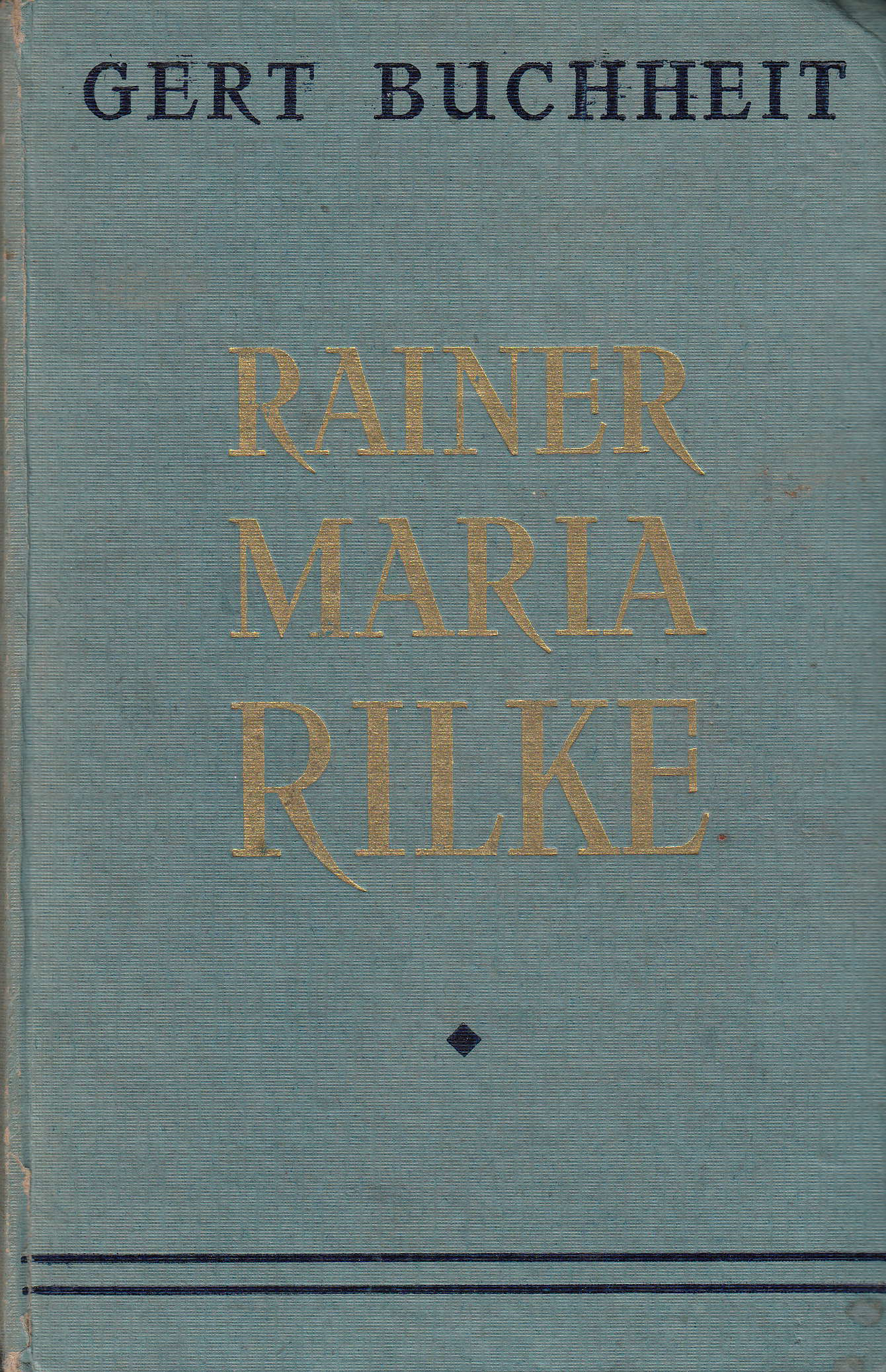
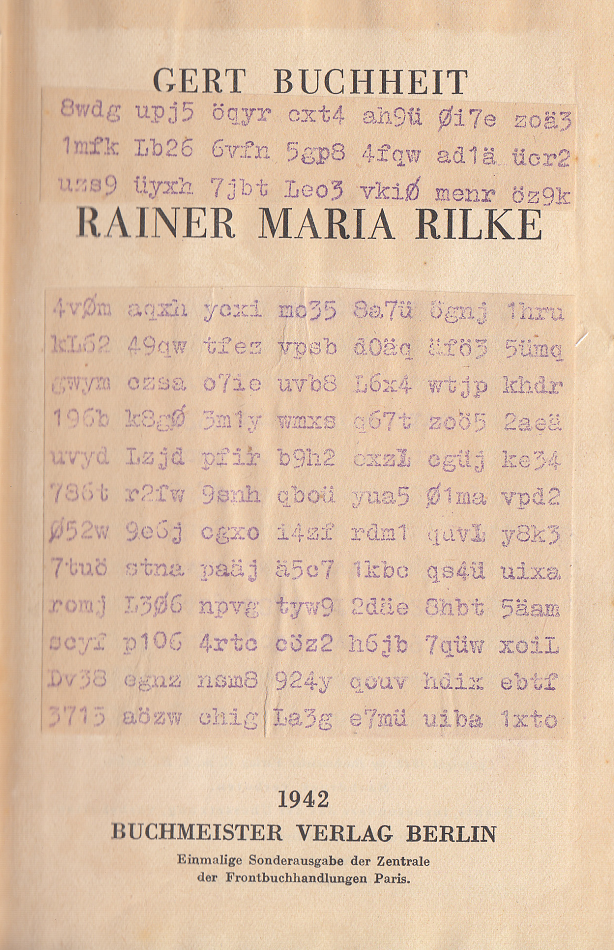
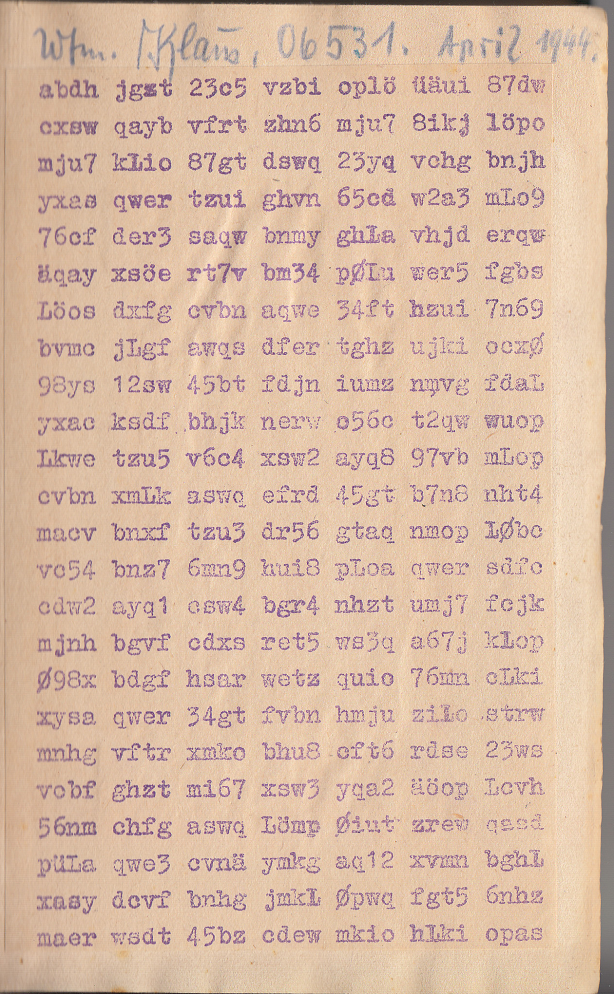

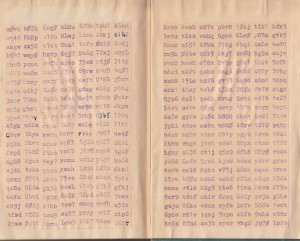
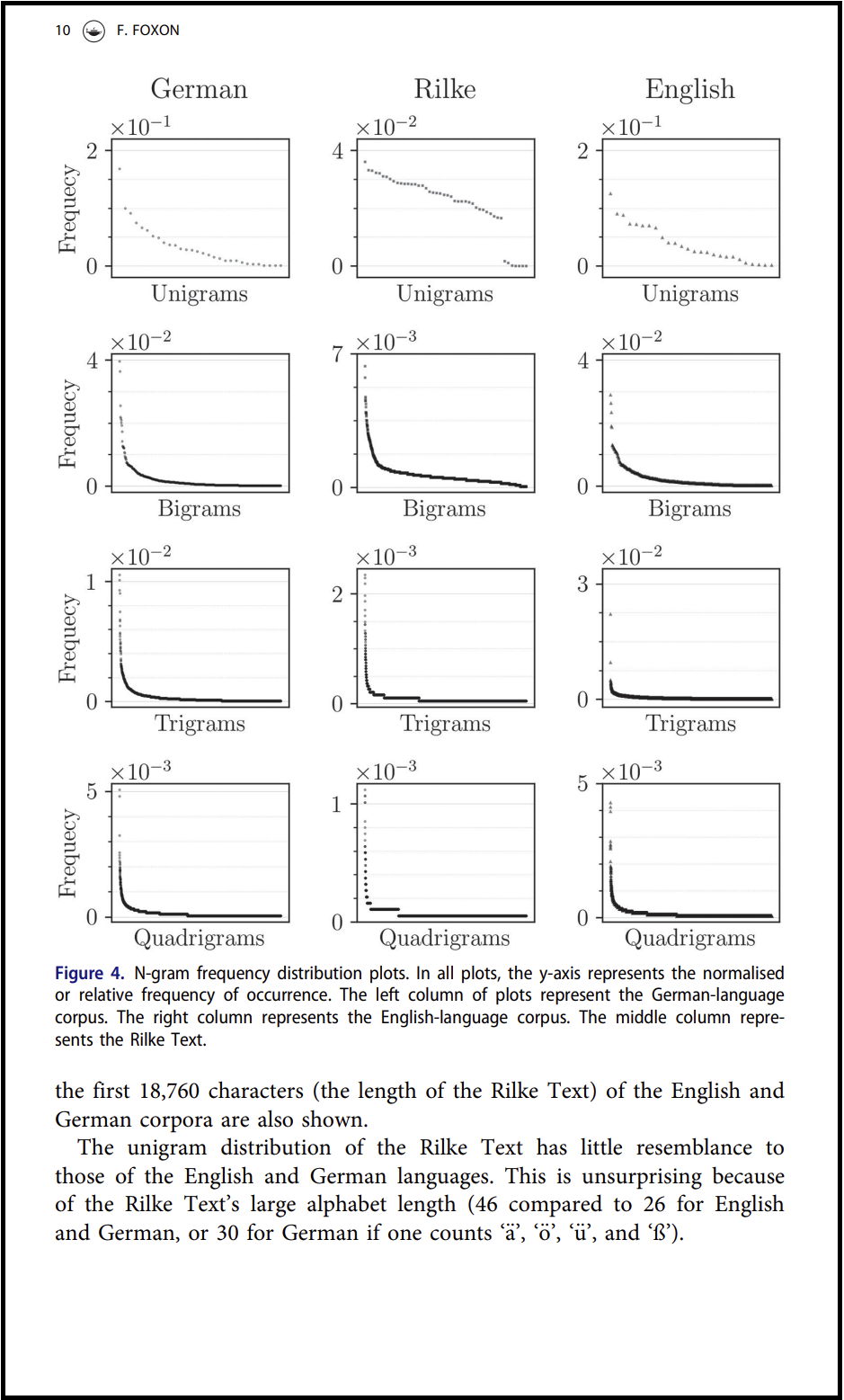

Kommentare (6)